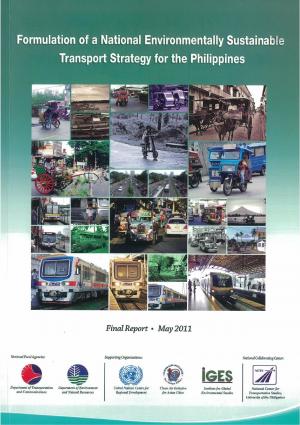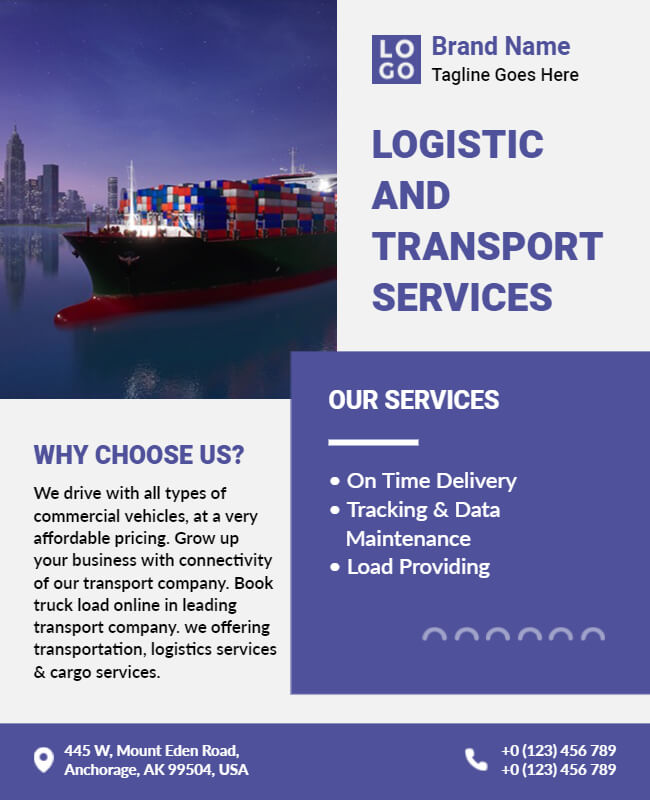Cost Effective Transit Advertising Philippines for Brand Recognition
Cost Effective Transit Advertising Philippines for Brand Recognition
Blog Article
Just How Transit Advertising And Marketing Can Transform Mass Transit Spaces Into Dynamic Advertising Platforms
Transportation advertising holds substantial potential to redefine mass transit spaces into vivid advertising and marketing platforms that notify and involve. By utilizing ingenious layouts such as electronic displays and interactive kiosks, brands can not just get to a varied audience however additionally improve the total commuter experience. This technique develops an unique opportunity for brands to get in touch with customers in a setting that is frequently forgotten. As we discover the multifaceted benefits and progressing approaches of transportation advertising, it raises the question of just how this transformation could redefine our interactions with both brands and the metropolitan atmosphere.
Benefits of Transportation Marketing

Additionally, transportation advertising is extremely affordable contrasted to standard media. It allows marketers to achieve high perceptions at lower expenses, making best use of roi. The restricted audience of travelers provides a possibility for brands to communicate their messages to individuals that are frequently responsive during their travel times.
Moreover, the dynamic nature of transit advertising and marketing enables projects to be updated often, making certain that messaging stays prompt and relevant. This flexibility can be essential in reacting to market trends or promotional events, keeping the brand name top-of-mind for customers. Finally, the pervasive existence of transportation advertising and marketing contributes to brand name recall; duplicated direct exposure within familiar travel contexts enhances brand name awareness and promotes customer commitment, inevitably improving and driving sales brand reputation.
Types of Transportation Advertising And Marketing
Public transport systems offer different layouts for advertising and marketing, each accommodating different marketing methods and target market involvement approaches. One prominent type is exterior bus and train wraps, which cover the entire car and produce a mobile billboard impact, enabling high exposure in metropolitan settings. These covers can catch interest as they pass through hectic streets, reaching a diverse audience.
One more prominent format is indoor advertising and marketing, that includes posters, digital screens, and advertisements on transportation seats. These placements involve passengers during their journey, reinforcing brand name messaging in a restricted space. Digital presents, in particular, supply the benefit of dynamic content, making it possible for marketers to upgrade messages in real-time.
Terminal marketing is likewise considerable, featuring posters, banners, and interactive booths within transit terminals. These ads leverage foot traffic and can target specific demographics based upon place.
Lastly, advertising partnerships with transit authorities can cause distinct projects, such as themed transit experiences or occasions, improving the total engagement with travelers. Each kind of transit advertising and marketing uses unique benefits, allowing brands to customize their technique to successfully reach their target audience within the general public transportation ecological community.
Engaging Travelers Effectively
Commuters are significantly swamped with advertising and marketing messages throughout their everyday trips, making it important for brand names to engage them in ingenious means. To capture interest in this jampacked space, marketers should focus on creativity and significance. Making use of captivating visuals and succinct messaging can considerably improve the chance of engagement.
Interactive aspects, such as QR codes or increased fact features, can additionally change static ads into immersive experiences, cultivating a much deeper link with the audience. Brands must concentrate on attending to travelers' rate of interests and requirements, customizing messages to reverberate with their way of living, whether via promos for local companies or services developed to improve their commuting experience.
Additionally, timing plays a critical duty; purposefully positioning advertisements throughout optimal travelling hours can make best use of visibility Recommended Site and impact. Engaging commuters effectively additionally entails leveraging social media sites assimilation, permitting travelers to share their experiences or promos straight from transportation platforms, thereby enhancing brand reach.
Essentially, reliable involvement pivots on comprehending the commuter journey and producing compelling, interactive, and relevant advertising experiences that not just catch interest but additionally drive activity and loyalty. By doing so, brand names can change public transport right into a dynamic advertising system that resonates with its audience.

Measuring Advertising Impact
Just how can brands accurately assess the performance of their marketing campaigns en route you could check here atmospheres? Measuring the influence of transit advertising and marketing needs a multifaceted strategy that integrates measurable and qualitative metrics. One prevalent technique is tracking engagement via mobile analytics, where brands can assess foot web traffic patterns and application interactions in the past, during, and after projects.
Surveys can offer valuable insights right into brand name recall and consumer view, allowing brand names to evaluate just how well their messages resonate with travelers. Additionally, monitoring social networks engagement associated to specific campaigns can disclose shifts in public understanding and brand name discussion.

Moreover, teaming up with transportation agencies can special info enhance measurement precision, as they usually possess comprehensive market information on ridership fads. By incorporating these methods, brands can establish a thorough understanding of their advertising efficiency, making certain that their projects not only reach yet also impact their target audiences efficiently.
Future Fads in Transportation Advertising
A significant shift is anticipated in transportation advertising as technological advancements and changing customer actions improve the landscape. Transit Advertising Philippines. The combination of electronic screens and interactive media is anticipated to boost involvement, allowing brand names to supply vibrant material that resonates with varied target markets. As public transport systems accept smart technology, marketers will certainly leverage real-time data analytics to customize messages based upon guest demographics and actions
Additionally, enhanced reality (AR) is positioned to reinvent the way travelers engage with ads. By providing immersive experiences, AR can change a mundane journey right into an engaging narrative that captures focus and promotes brand name commitment. This development will likely encourage marketers to develop even more experiential projects that drive customer interaction.
Sustainability is one more vital fad affecting transportation marketing. As ecological awareness expands, brands will significantly look for to align with environment-friendly methods, making use of lasting products and promoting eco-friendly initiatives within their campaigns.
Verdict
In verdict, transit advertising provides considerable advantages by improving brand name exposure and involving a restricted target market. As patterns advance, the possibility for ingenious communications in between brand names and travelers is poised to grow, guaranteeing that transportation marketing stays a crucial element of contemporary advertising techniques.
Transit advertising and marketing holds substantial possibility to redefine public transport areas into lively marketing platforms that educate and involve. The pervasive presence of transit advertising and marketing adds to brand name recall; duplicated exposure within familiar traveling contexts enhances brand awareness and cultivates customer loyalty, ultimately boosting and driving sales brand credibility.
How can brands accurately assess the efficiency of their advertising and marketing campaigns in transportation settings?In conclusion, transit advertising and marketing uses considerable benefits by improving brand presence and engaging a restricted audience. Transit Advertising Philippines. As fads progress, the potential for cutting-edge interactions in between travelers and brands is positioned to expand, making sure that transit advertising and marketing remains an essential element of modern-day advertising and marketing strategies
Report this page